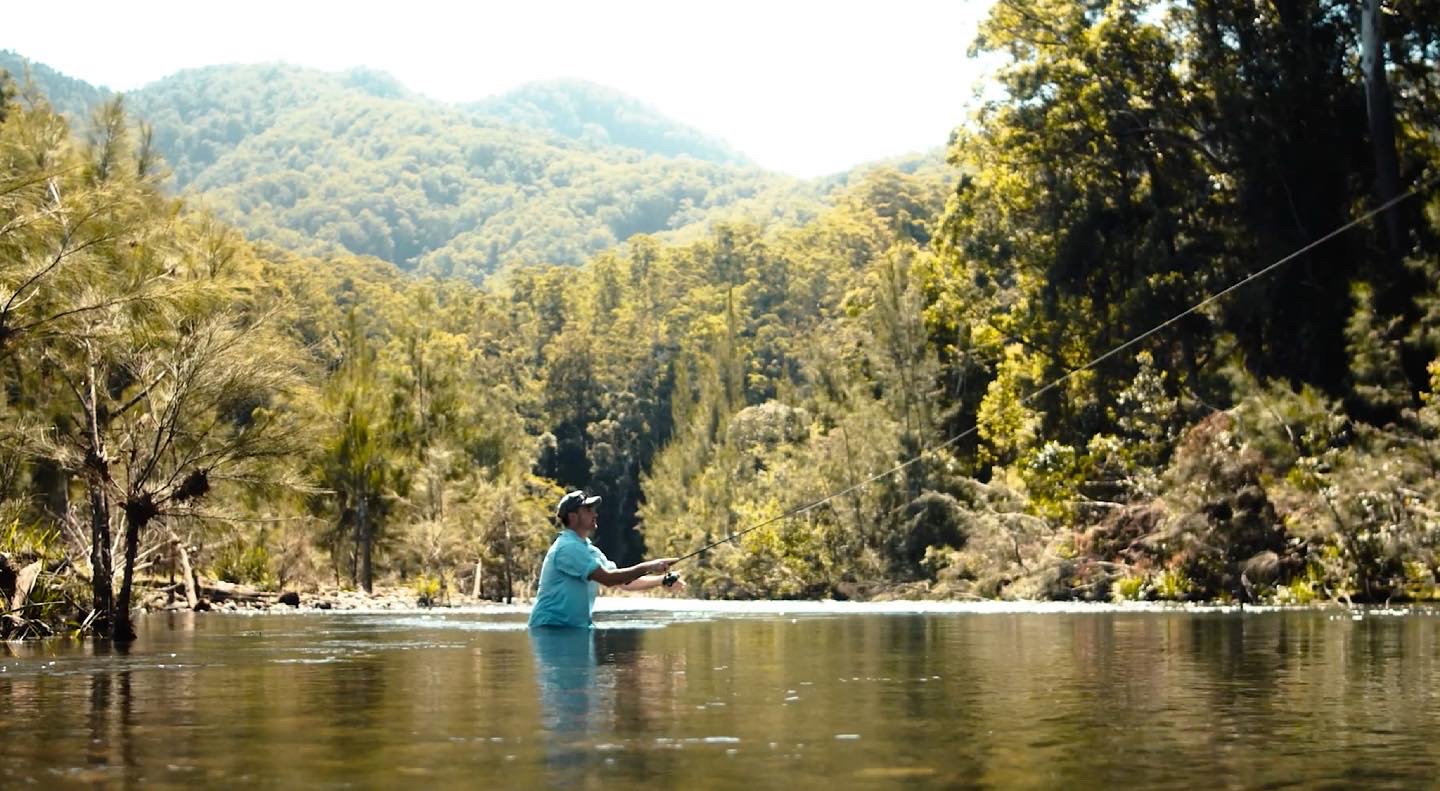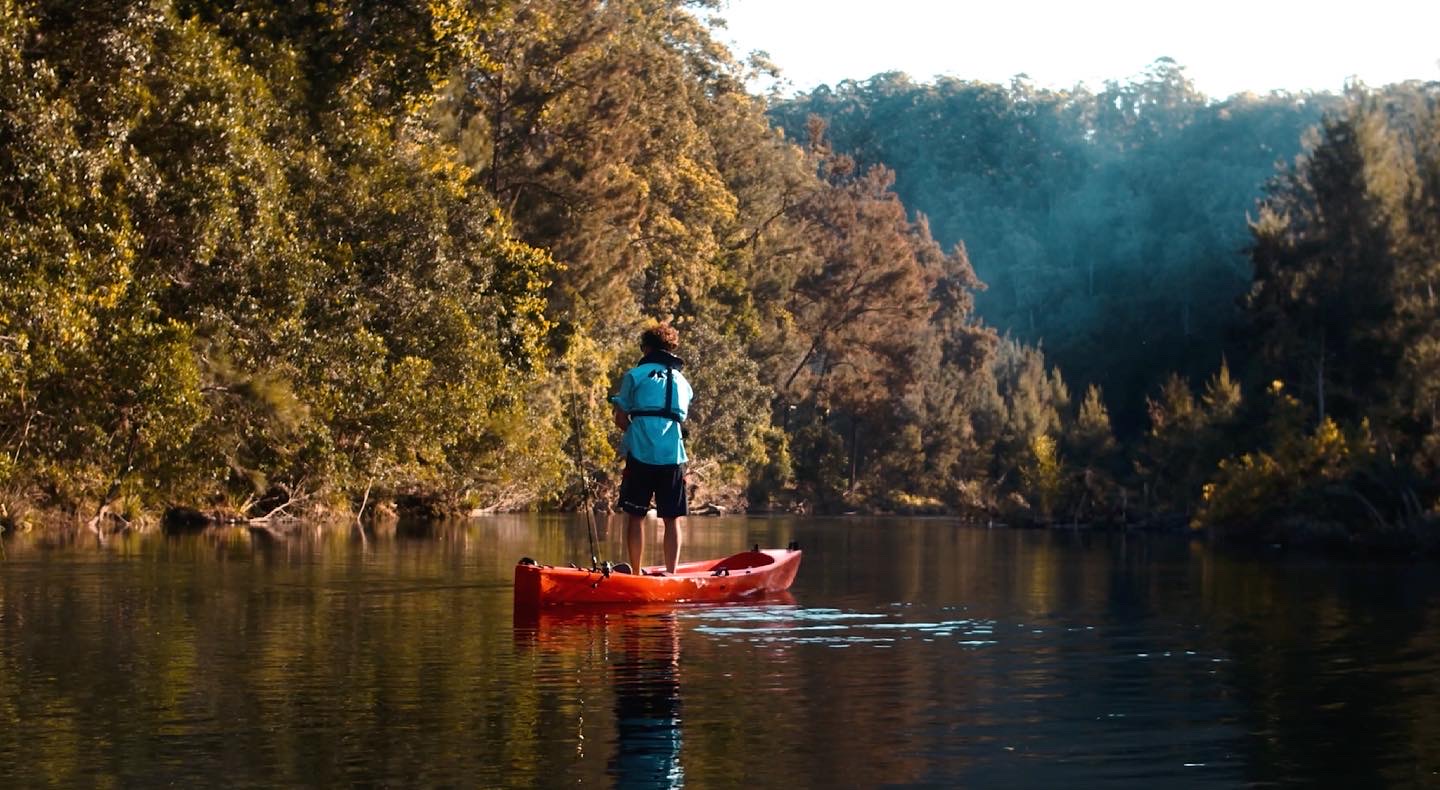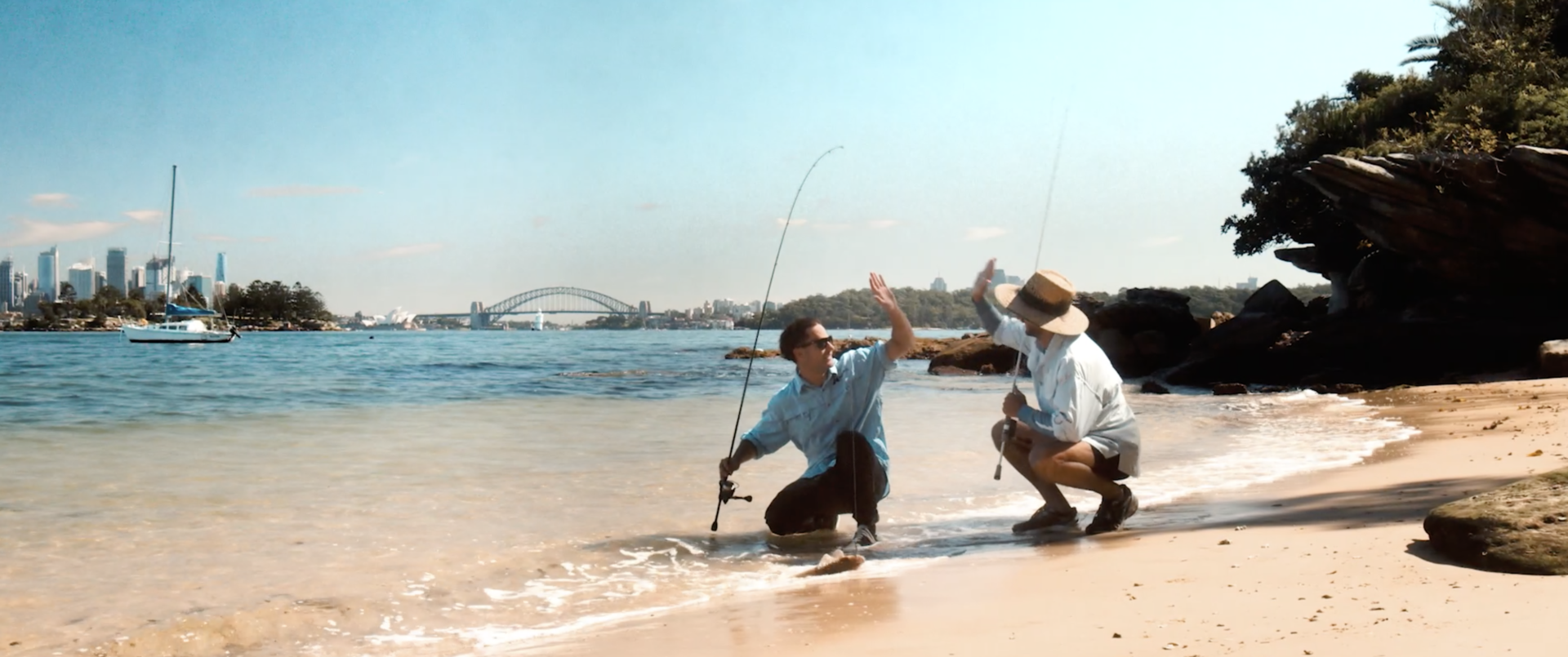The concept of personal best: how OzFish are helping flip the odds in your favour
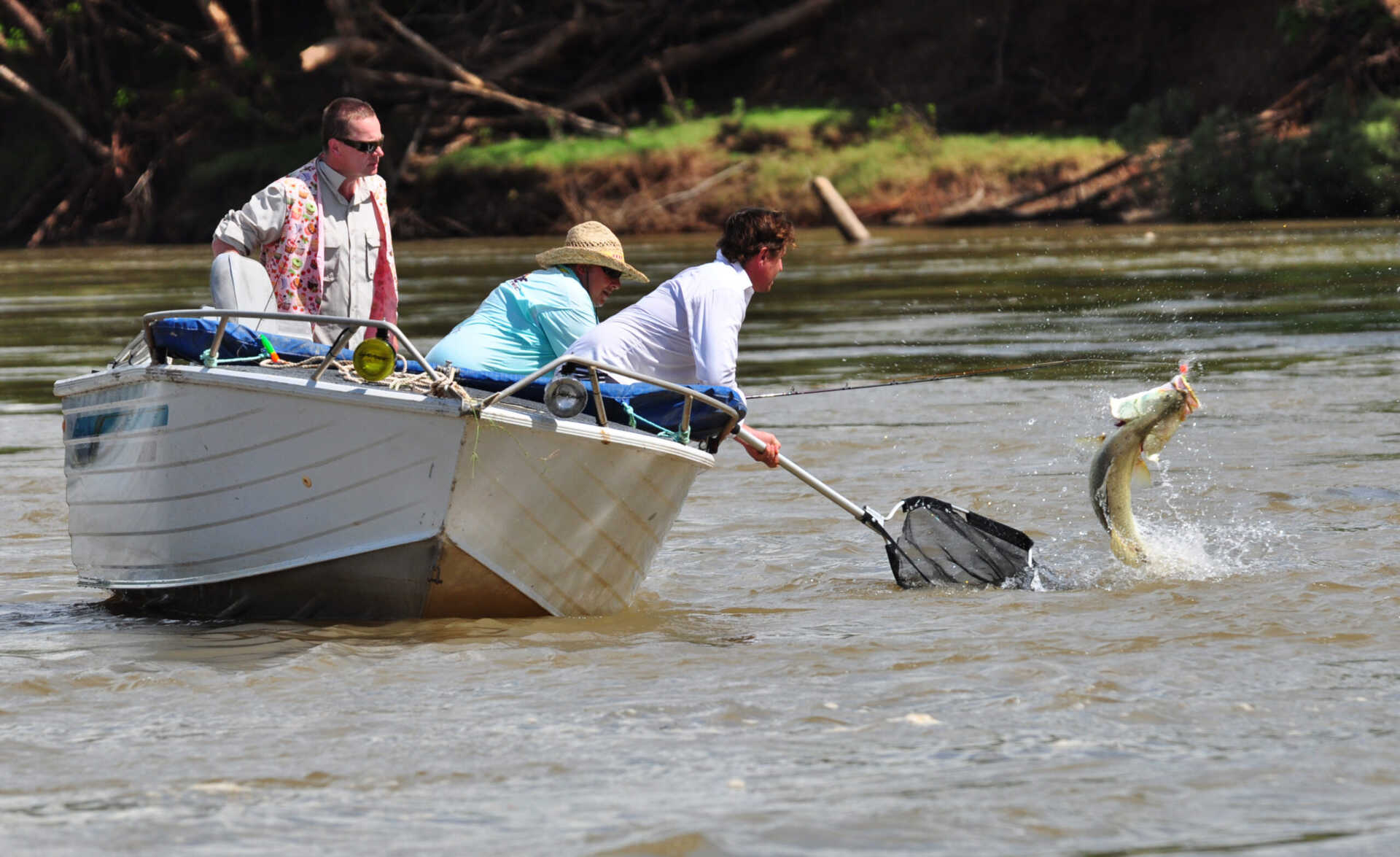
We have all heard the phrase ‘personal best’. It’s a notion engrained within nearly all sporting contexts, and traditionally refers to the best time or score achieved by a sports player in a particular event.
When it comes to fishing, however, personal best is a concept that lasts a lifetime, and is limited not to one event or a particular day, but is an ongoing measure throughout the entirety of one’s time on the water.
If you were to ask a sample of fishers across Australia for the reason why they enjoy fishing, it would be safe assume that the vast majority of them enjoy the personal battle of continually trying to beat their last effort.
For some, this may happen regularly. For others, this may require hours upon hours of casting, flicking, or dropping baits or lures in their local waterway.
Whatever the case may be, I think both categories of people would agree that bettering yourself in the fishing scene is a feat much more achievable in the surrounds of a healthy waterway.
Whether this be the water quality, surrounding vegetation, available snags, food supply or general fish handling practices of local anglers, there are many factors which can boost one’s chances of landing that ‘PB’.
For this week’s Fish Focus, we are breaking down some of the factors that contribute to a healthy waterway and explaining what they actually mean for a fisher’s prospects of landing that next best fish.
Trees on the Water’s edge
One question often asked when discussing riparian (riverbank) vegetation, is how can plants and trees on the land impact what goes on in the water, especially when this vegetation can sometimes be metres from where the fish live. It’s a valid point.
As fishers, we often think of ‘fish habitat’ as underwater debris, reef systems or timber snags in the water. The truth is, however, the area of land within meters of the riverbank has a vital part to play in the lives of those fish that you are trying to catch.
The diet of many of our freshwater fish is made up of animals and insects from the trees and plants that sit out of the water. In fact, up to 40% of an Australian Bass’s diet consists of insects and terrestrial species that live and fall from the riparian zone.
This means, that the better the vegetation on the edges of the bank, the more chance there is a quality bass residing along that bank waiting for an easy meal.
Tall overhanging trees and bushes also cast shade on the water that allow for fish to station themselves out of the sun and rest throughout the day.
This means that if you are fishing when the sun is high in the sky, targeting those shaded areas on the banks of the river will mean you are focusing your attention in those areas where quality fish are more likely to hang out.
What do we need to remember? Quality vegetation = areas for quality fish to sit!
Snags along the shoreline
Fishing has a long list of catchphrases that only those who know the sport will understand. One of the most used would be, “if you don’t get snagged, you aren’t getting close enough”.
While this phrase is usually uttered in the context of a bad cast ending in a tree, it says a lot about the role snags; such as tree trunks, branches and root masses play in ensuring healthy fisheries and exciting fishing opportunities.
Ambush predators, such as Murray Cod, Mangrove Jack and the Aussie bass are renowned for haunting a single snag for long periods of time. These fish will use the snag for a variety of reasons that we as anglers can use to better our chances of catching a quality fish.
Indeed, fish will use the woody branches to hunt or ambush prey. Most often or not, the snag will sit just off the line of current or flow found in a system, which will act as a direct highway for smaller fish, like mullet or herring, to cross the predator’s path.

If you are looking for snags to fish, look for the trees, logs or root systems that run parallel to the water’s surface, as opposed to perpendicular.
These will often protrude further out into the flow of the river and allow more protection and coverage for a predating bass or Murray Cod to pounce on passing fish.
Fish will also use the thick branches of a snag as a current break to reserve valuable energy while the tide or current is flowing.
If you are looking for what they refer to as a ‘back-eddy’, you want to focus your attention on either the floating bubbles that are moving in an opposite direction to the natural water progression, or the leaves and debris that sit on the water’s surface. These are clear signs that the water in this area is being protected by a nearby log and will create a small ‘quiet zone’ which fish will use to rest.
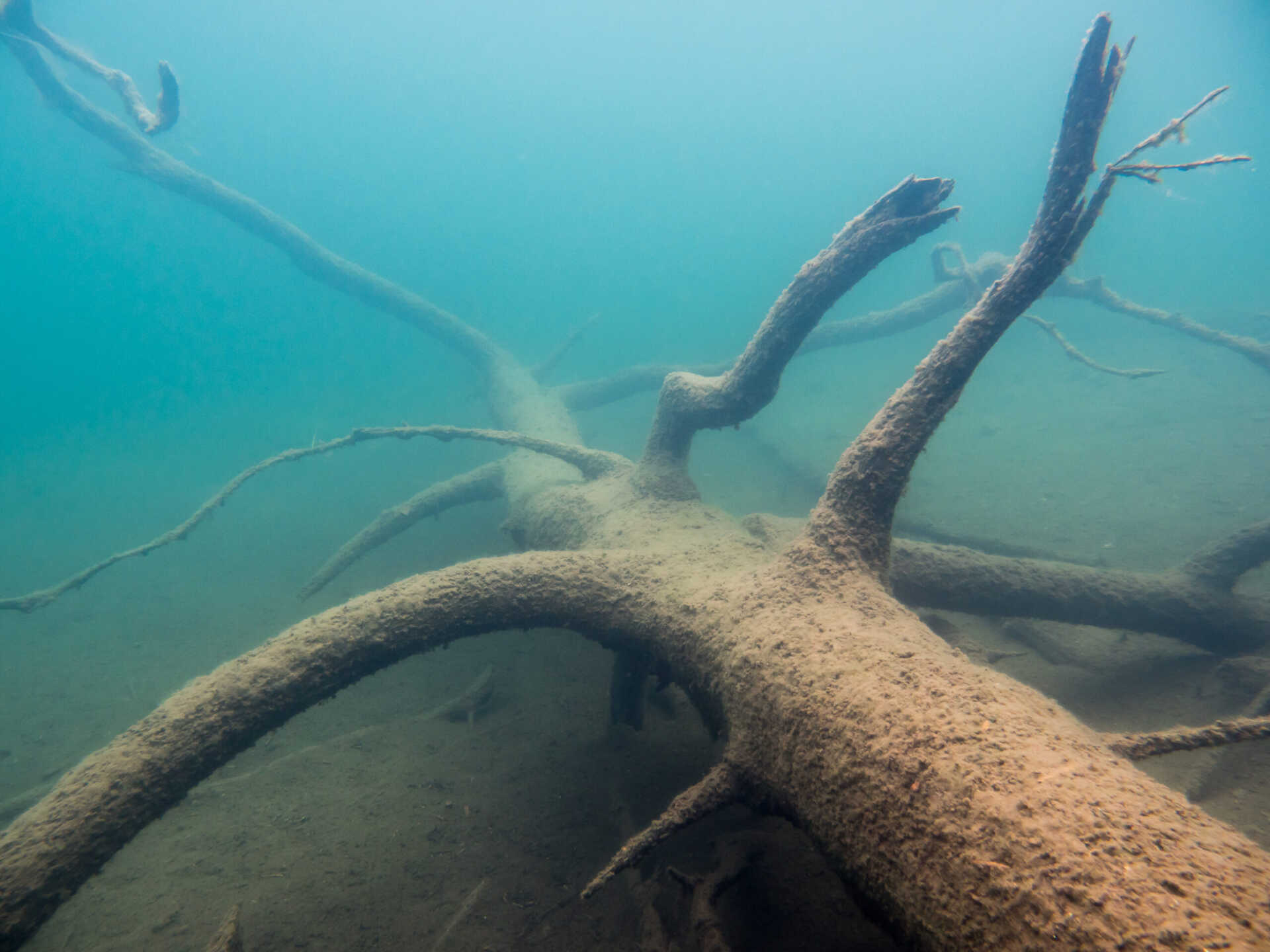
Timber snags also traps organic matter (wood, bark, leaf litter) which fuels fish production. To think of it simply, it’s the most basic form of a chain reaction; the organic matter is consumed by microorganisms (bacteria, fungi and algae), which is then consumed by insects’ bugs, prawns and other crustaceans, which is then consumed by fish such as Bass, mangrove jack and bream.
By restoring snags in a river, we are creating more food for all fish and fostering important areas for a fish to reside – the same place where we will be casting our lure.
Fish passage
If you’ve fished in any regional or rural area chances are that you have crossed or passed a barrier to fish passage. Whether or not it’s a road crossing, drain, floodgate or weir, these structures have a detrimental impact on the lives of some of our native fish.
Species of both fresh and saltwater fish move within waters at different times to access food and shelter, to avoid predators, and to seek out mates to breed and reproduce. These uses can be broken down in what is referred to as daily (access habitat and food), local (avoid predators and shelter during daylight) or lateral movements (breeding cycle and juvenile recruitment to habitat areas).
While all play their part in ensuring our native fish grow into that next ‘PB’, perhaps the most notable effect of fish passage is the impact it has on the migration of those aussie battlers that we love to catch.
Indeed, most of our targeted species migrate at least once as part of their lifecycle. Three notable long-distance swimmers are the Australian Bass, Murray cod and the golden perch which has been recorded swimming a staggering 2,300km.
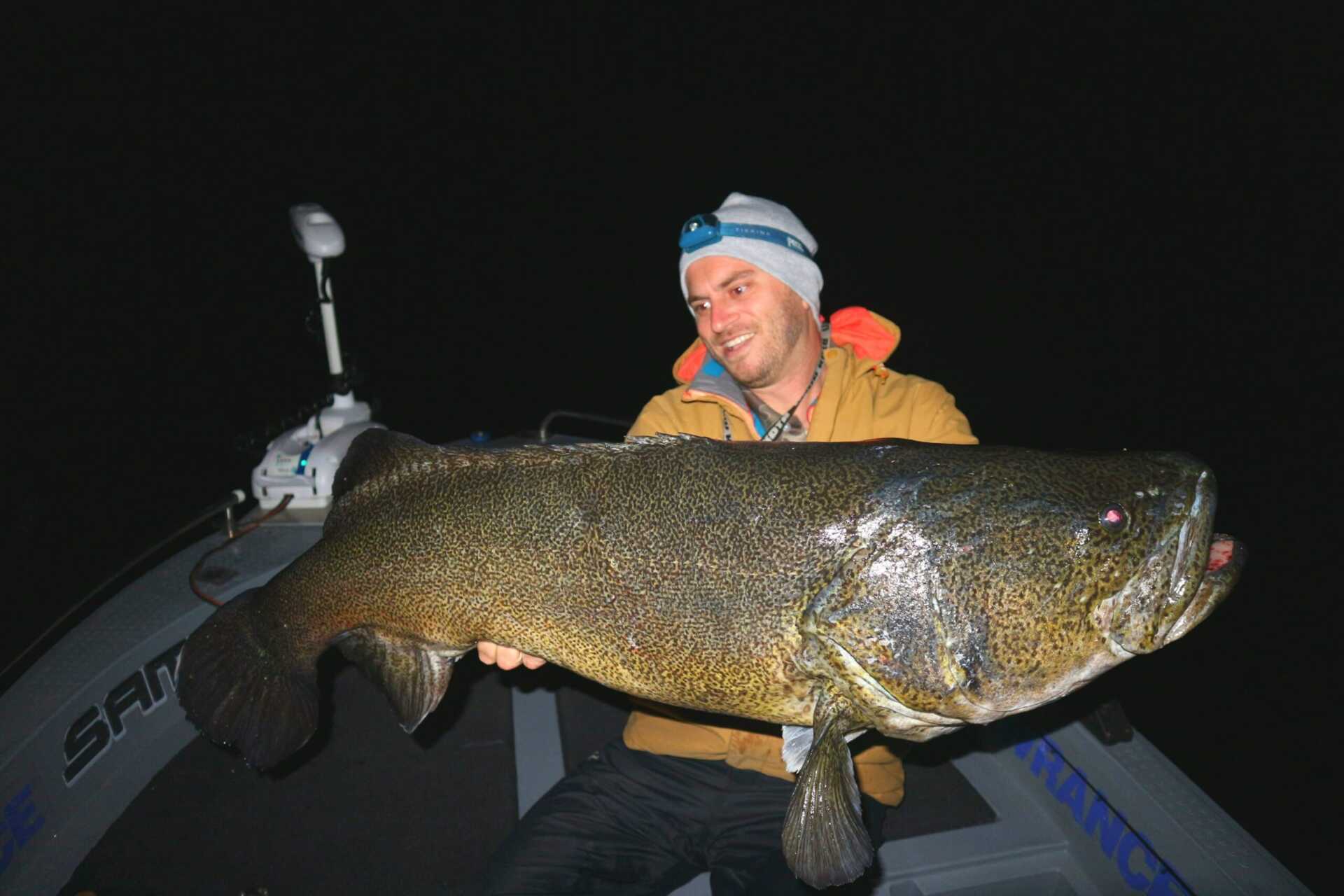
Barriers to fish passage can effectively stop many fish species from breeding and re-populating waterways by restricting their ability to access breeding partners and spawning grounds.
Fish attempting to negotiate barriers are forced to use up precious energy reserves.
If this occurs during a breeding event, fish may actually reabsorb their eggs and sperm to replenish their energy reserves, effectively losing a breeding season with possible long- term flow on effects to the size and sustainability of the population of those fish that we are trying to catch.
So, by researching and monitoring barriers and fishways throughout Australian waterways, and working to find sustainable methods of fish movement, we can know that some of our most prized fish are moving freely up and down the rivers to eat, spawn and grow into the type of fish we know they can get too.
Regardless of whether you are fishing a snag in the Murray River, a well-vegetated bank on the mid north coast of NSW, or some inland backwater, the quality of habitat you are fishing will undoubtedly affect the quality of the fish you are likely to catch.
By doing our part in restoring these ecosystems, we can increase the chances of catching that fish of a lifetime.
What is your personal best fish? And what habitat did it come from?

